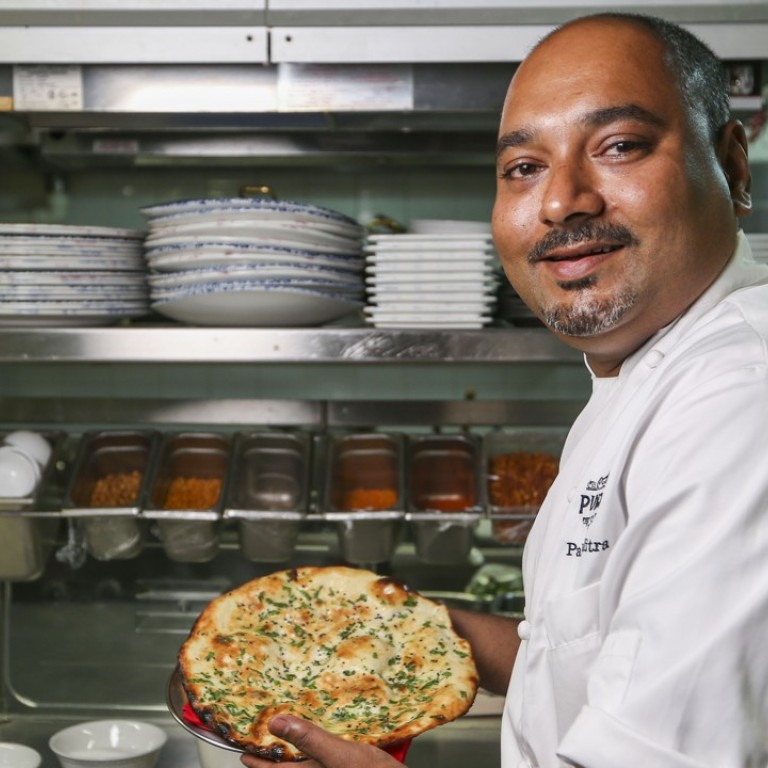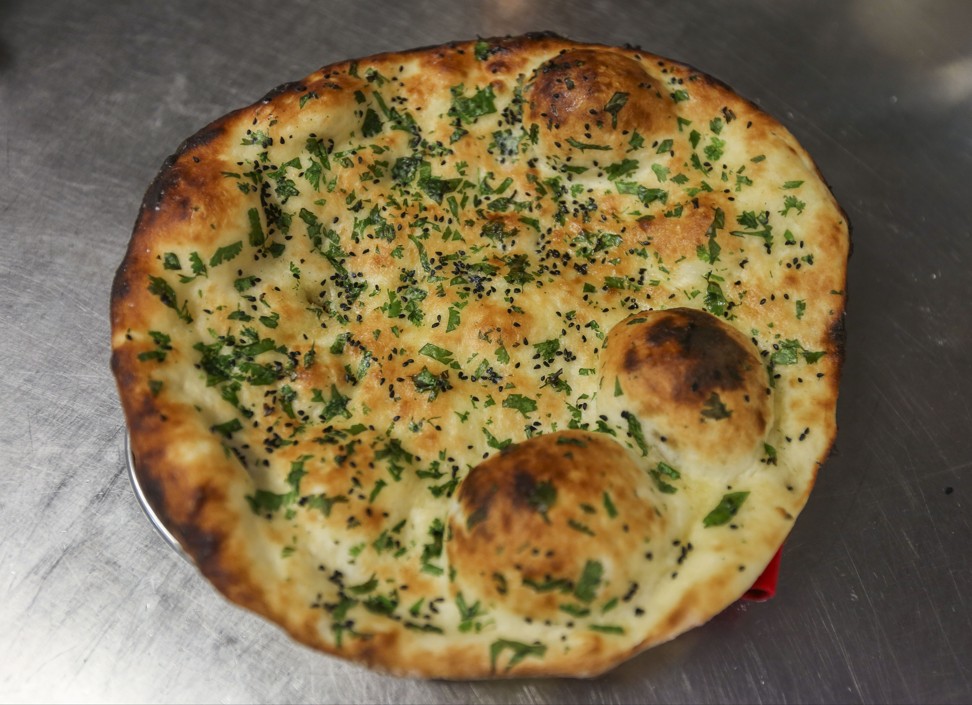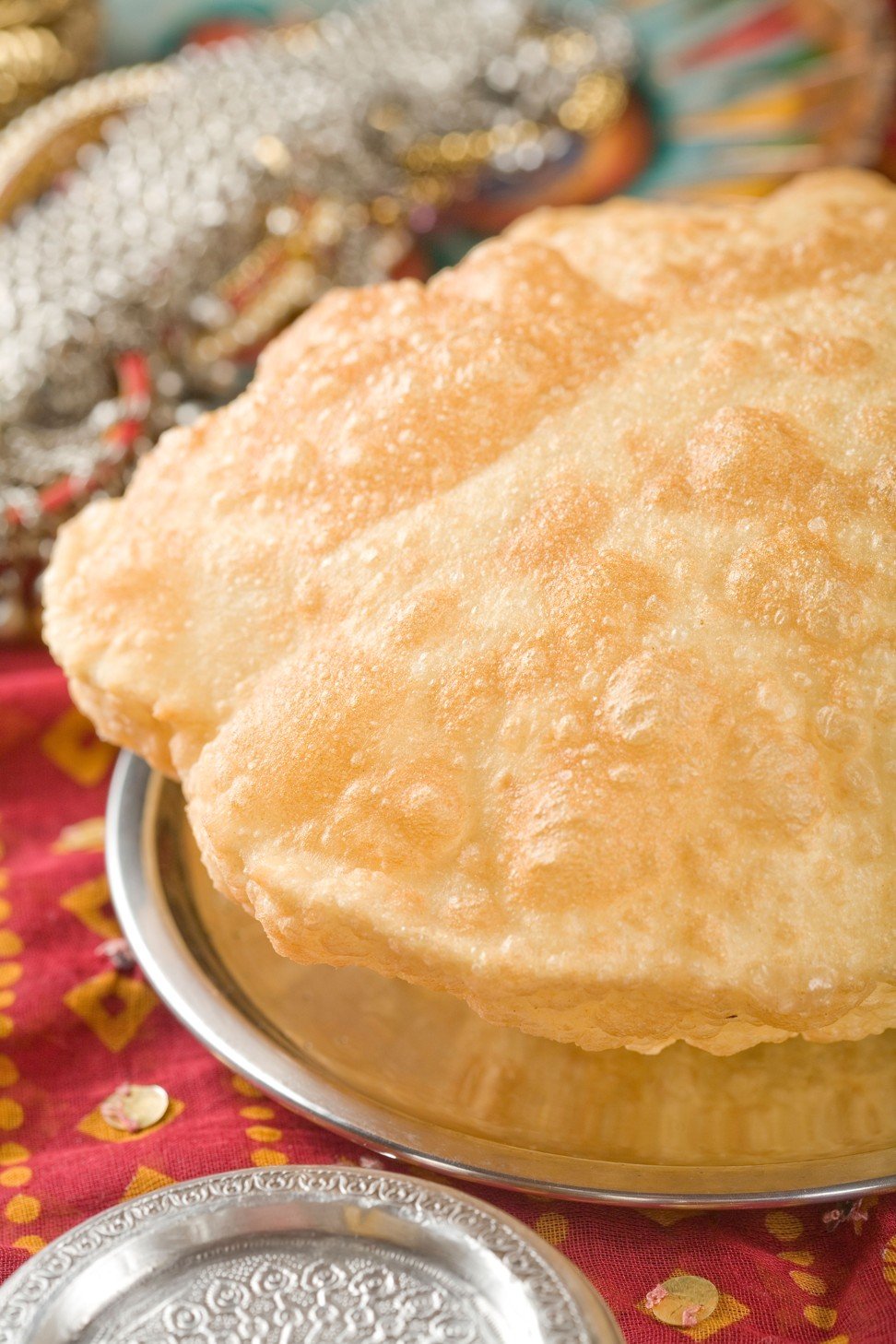
Naan, puri, paratha, pav: a beginner’s guide to Indian breads, from soft and chewy to crispy and golden
Bread is an important part of Indian cuisine, with more than 30 different varieties to choose from. Chef Palash Mitra gives us a rundown of the most popular types, and declares his personal favourite
Whether it’s baked, fried or even slapped into a hot tandoor, there’s no denying that bread runs in the veins of Indian culture.
“We have a saying in Punjab: bread, house and clothes,” says Palash Mitra, the executive chef of the New Punjab Club in Hong Kong. “These are the three most important things. And bread comes first.”
There are more than 30 different types of bread in India, each differ slightly from region to region, which are paired with a variety of sumptuous meats and stews. (Mitra uses the word “stew”, explaining that the word curry is not used in India).
You can take the Punjabi out of Punjab, but you can’t take the naan out of the Punjabi
The vast assortment of flatbreads reflect the diversity of flavours and food traditions found in the country of 1.3 billion people.
Born in Calcutta, Mitra has taken his love of Indian cuisine around the globe. Previously the chef of upmarket Indian restaurant Veda, on Arbuthnot Road in Central, he moved back to Hong Kong last year to head up the recently opened New Punjab Club, after his time spent in London leading the Michelin-starred, colonial British-Indian restaurant Gymkhana.
Here is Mitra’s beginner’s guide to ease you into the delectable world of Indian breads.

Naan
The soft and chewy bread is probably one of the most famous flatbreads from the region, and a staple in Indian restaurants around the globe (be honest, there’s nothing better than being able to mop up stew with a soft naan).
The secrets to Portuguese oven-baked bread in India and Macau
“Naan is the best bread ever. No one can beat naan. A billion people eat it,” says Mitra with a grin. “You can take the Punjabi out of Punjab, but you can’t take the naan out of the Punjabi.”
The leavened bread is cooked on the inside wall of a clay tandoor oven; at 400 degrees Celsius, the bread is cooked in 30 seconds flat. The tandoor gives the flatbread its crisp underside and cloud-like top. “You can have it with kebabs, you can have it with meat, with a salad, with chutney or you can have it with a nice stew, like our Mughal Room makhani,” he says.

Pav (also known as pau or pao)
Pav is a soft, fluffy bread roll that was brought to India by the Portuguese when they colonised parts of India from the 16th to the 18th century. It was introduced to places such as Goa on the west coast of India, and soon spread across the country.
Mitra says, in Mumbai you eat pav with misal which is a spicy chickpea stew served with chopped onion, lemon, coriander and lots of chillies. In Goa, Mitra says, you might opt for pav with a spicy prawn balchao, while in “Kolkata you have it for breakfast, chargrilled and served with lots of butter and fried eggs”. The sweetness of the bun helps to balance the spice of the stews served with it.

Chapatti
Made from whole wheat flour, chapatti dough is shaped into round, thin discs using a rolling pin. It is dry cooked on a flat frying pan. The chapatti is an everyday kind of flatbread that Mitra says, “You would eat with vegetables like stir-fried okra, or slow-cooked cauliflower and potatoes [aloo gobi]”. If you roll it out really thin and let it puff up on an open flame, it becomes a phulka.

Paratha
When you add fat to a chapatti, it becomes a paratha. Easy right? Well, not quite. The unleavened bread is very versatile, and is chewier and denser than the chapatti. The chewiness is achieved from laying and folding the dough, a technique similar to making croissants or puff pastry.
Looking beyond naan: yes, there’s more to Indian breads
It is cooked on a hot, concave frying pan known as a tava that is greased with ghee (clarified butter). This is a sturdy bread that is beautifully crisp, which means it can hold a thick stew perfectly. “It can also be different shapes: triangle, or round, or oblong,” Mitra says.

Parotta
This layered flatbread from the southern Indian states of Kerala and Tamil Nadu is often mistaken for the northern Indian paratha. Both breads are crisp and have flaky layers, but the parotta has a silkier dough compared to the paratha because the flour used to make parotta has a high gluten percentage. The dough is slapped into thin layers and is then shaped into a round spiral ball before it is rolled flat and pan fried, ensuring it is extra flaky.

Puri
“Puri is basically a deep-fried chapatti,” Mitra says. The unleavened dough inflates when it hits the hot oil, turning the dough into crisp, golden puffs that are usually accompanied by a chickpea stew or dal. The shape is smaller than a chapatti, and it can be made with whole wheat flour or refined flour. “You usually eat it as a snack item. But really greedy people have it for lunch or dinner like me. I could eat a thousand puris,” Mitra says with a laugh.

Bhatura
“Bhatura is deep-fried naan bread,” the chef says, adding that yogurt is used in the dough as a raising agent. The crisp, puffed-up bread is predominaantly eaten for breakfast alongside chana masala (chickpea stew). The leavened bread originated in the state of Punjab.

